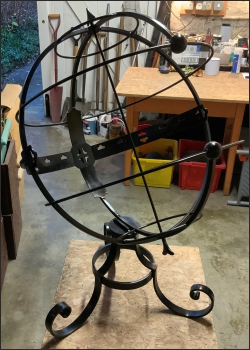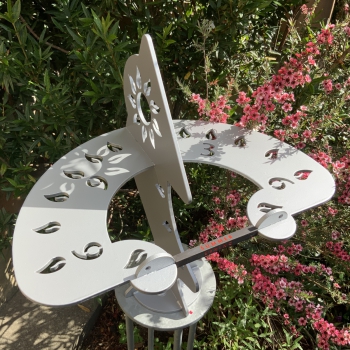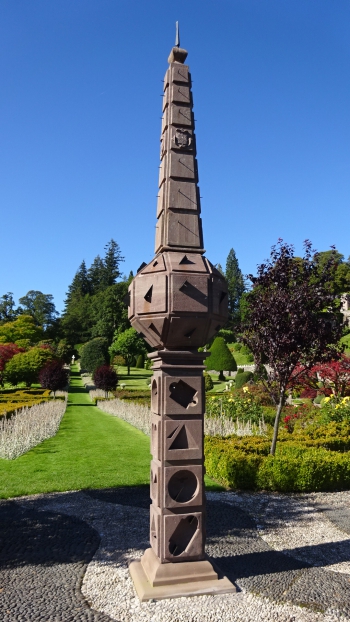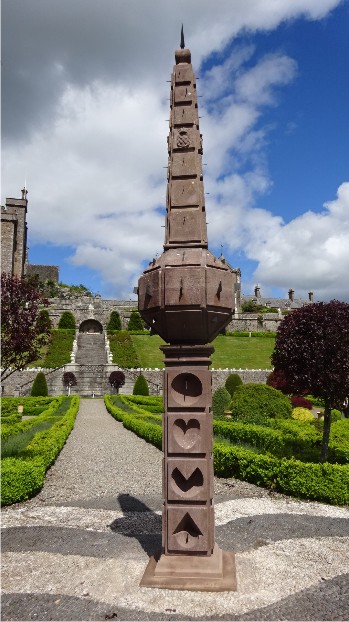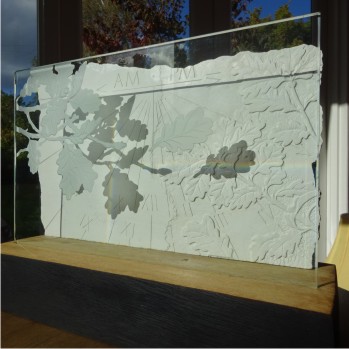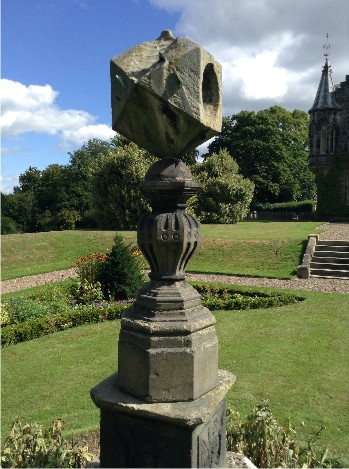
Knowing the declination of the wall (WD) is important for designing a sundial. The basic calculation is azimuth angle (AA) minus protractor angle (PA) plus 90°. You can repeat your measurements for accuracy. Do ask for help if you are unsure.
“What is the declination of the wall for a sundial?” A stone sculptor asked us just this question recently . It is a good question because you must know the declination if you are making a sundial that is accurate for the wall. The sculptor was not confident about their own measurements and calculations so they asked us for help. Continue reading

